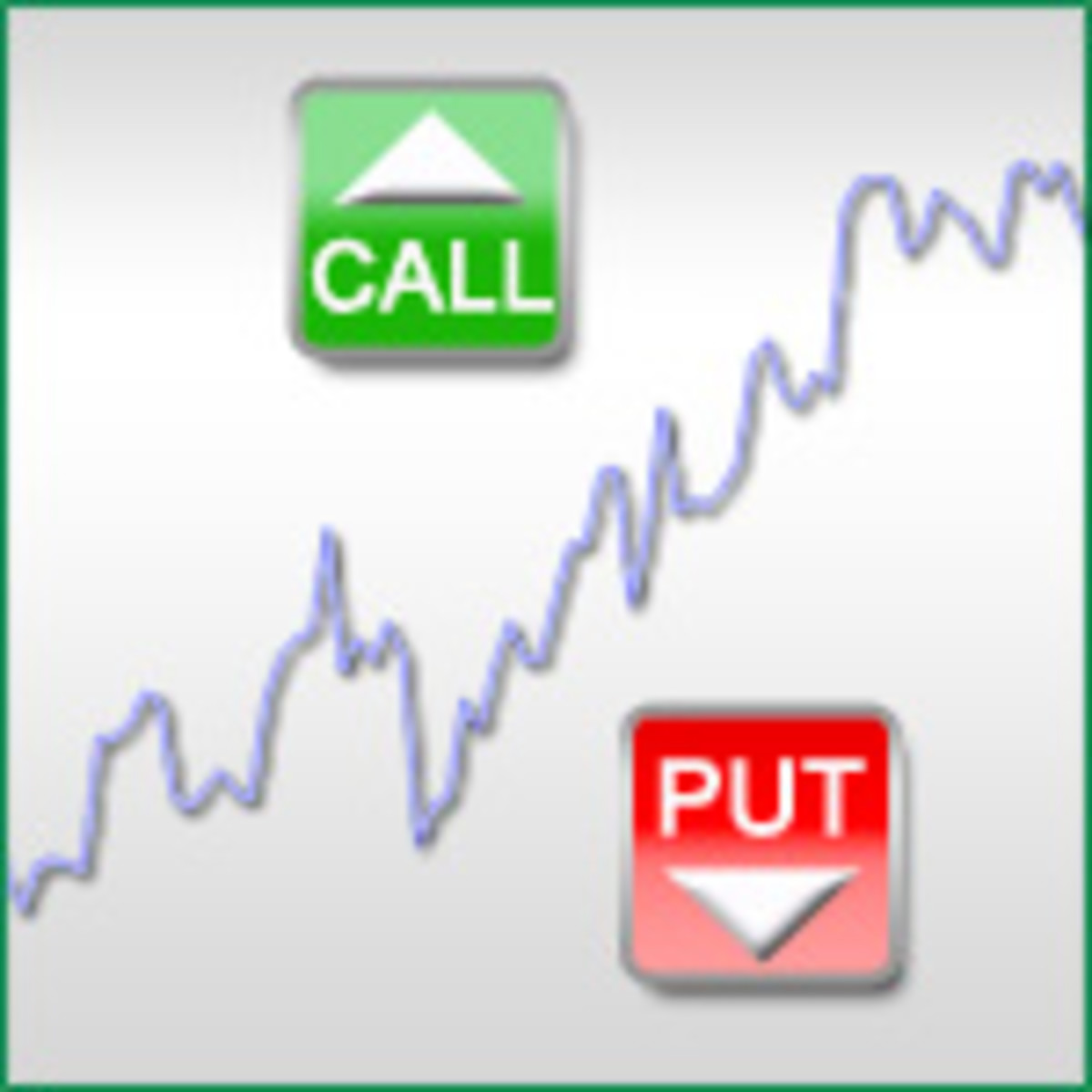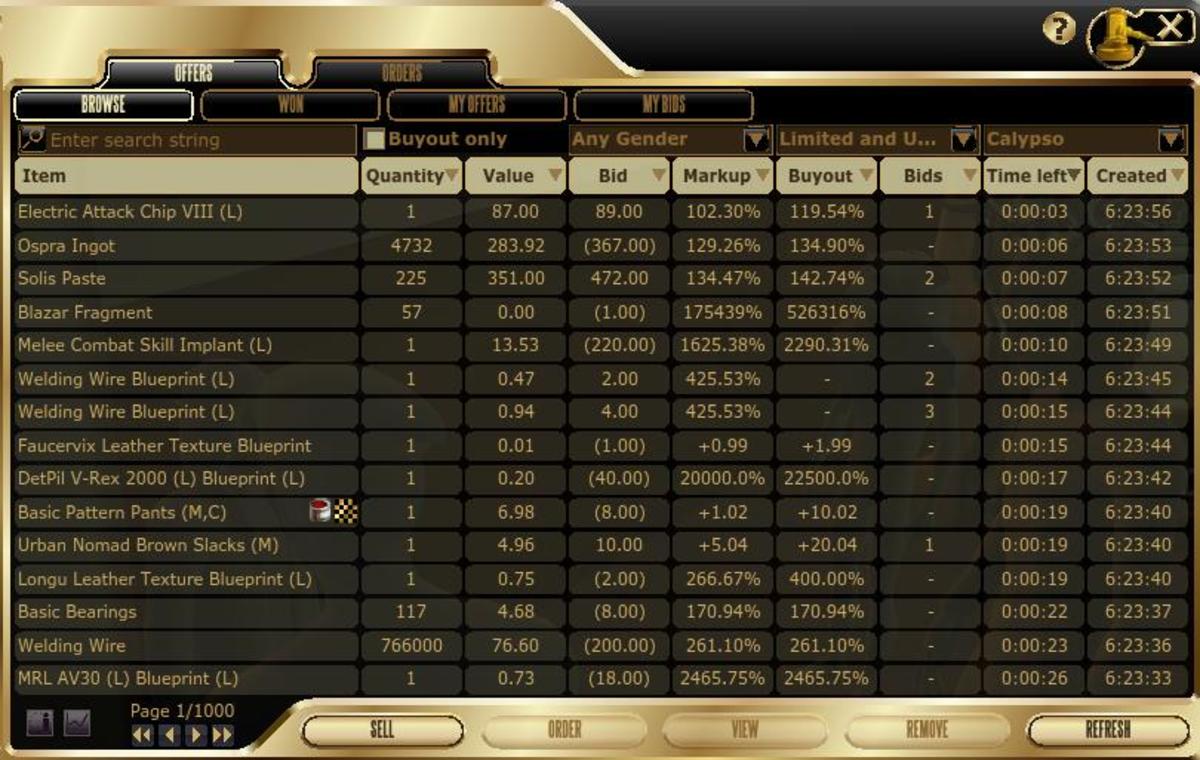Ways of Trading the Forex
Ways of Trading Forex
If you have been interested in trading Forex to try and make some money, you probably have gathered the basics by now – every trade is between currency pairs, where you buy one currency with another, which is effectively sold. The quotes on Forex are always listed one currency against another, and usually the US dollar is listed first. The three major exceptions to this are the Great Britain Pound (GBP), the Australian dollar (AUD) and the Euro (EUR), where these currencies are listed first. Conventionally, the first listed currency was the stronger one when the pairing was created.The first currency mentioned is called the “base currency”, and the second is referred to as the “counter currency”. The numbers after the currency codes are the bid and ask prices, that is, the number of the counter currency you can buy or sell for one of the base currency. As an example, if the quote is GBP/USD 2.0016/2.0018, this means that with one pound sterling you can “buy” $2.0016, or if you have dollars, you can “sell” them at the rate of $2.0018 buys you a pound sterling. I put buy and sell in quotes there, as you usually don’t actually buy the currency, but just control it, when you do Forex trading.
Incidentally, you may have heard about “pips”, which are a measure peculiar to this market. Pip stands for “percentage in point”, which means one-hundredth (percentage) in one-hundredth (point). A hundredth of a hundredth is 0.0001, and the reason these are used is because the spread, or difference between bid and ask are so small. In the above the example, taken from Yahoo finance today, the spread is two pips. Just as a side note, the Japanese yen is an exception to the pip definition – a pip in yen is just a percentage, or in numbers 0.01.
As the currency market is leveraged, or multiplied over the amount you invest, you don’t need a great deal to start trading. Many services allow you to start with as little as $2,500. Margin trades can be leveraged as much as 100:1, meaning that you can control $100,000 with just $1,000. Currency trading takes place in “lots”, which are a set size for each currency, such as $100,000. The amount can vary in other currencies, but is typically 100,000 units of the currency. So in an ordinary trade, you would put up $1,000, and could gain the amount that $100,000 increased in the time you held the trade – less the difference between bid and ask. Of course, if you chose unwisely, as with any leveraged product, you could lose a lot too. Generally, you will win or lose $10 for each pip change in price.
Depending on your broker, you may have access to several ways to trade the Forex market. Firstly, the straightforward way outlined above is called a spot transaction. This is the way that is used the most, by volume. In strict terms, it has a two day delivery, is in cash rather than a contract, and there is no interest that needs to be paid.
An alternative is to take out a forward transaction. In this case, you don’t actually pay until some agreed upon date, and the exchange rate is already agreed. On that day, the buyer and seller have to settle as detailed in the forward agreement, regardless of what the market has done in the intervening time. You may recognize the forward transaction as sounding like a futures contract, and you would be right. You can have a currency futures contract, which works like the forward, but is for a standard amount and a standard date – all you have to decide is what exchange rate you are prepared to settle for. These are usually about three months out, and are deemed to include any applicable interest payments. Another type of forward transaction, and some say the most common, is the currency swap. This is where the two parties exchange currencies for a certain agreed period of time, and reverse this at a later agreed date. This isn’t something that’s traded through an exchange, and isn’t even a standard contract, but just arranged for the parties involved.
As with shares, you can also trade foreign exchange options. Just as with a share option, the payment you make for the option gives you the right, but not the obligation, to exchange money at an agreed rate on a specified date. The Forex options market is by far the largest options market on the planet.
A further way of trading on currency is with exchange traded funds. Typically, an ETF will replicate investing in, say, the Dow Jones Industrial Average or the S&P 500 as a whole, but you can now get these investment vehicles that track the price movements of currencies against each other. If all these ways of becoming involved in Forex trading are overwhelming, you may want to seek some expert advice on how best to carry this out. Stu Whisson of Insight Support Limited specializes in providing personalized assistance to new traders, and you can also take part in a free trading course at his website at www.insightsupport.com.







